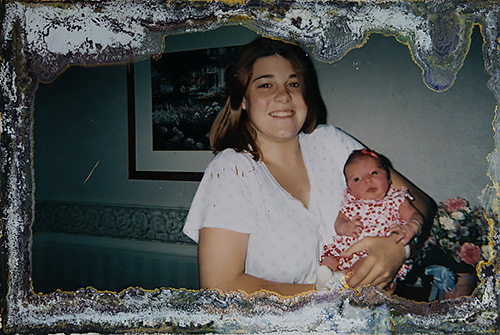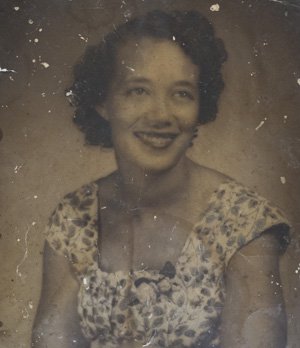Photo Corners headlinesarchivemikepasini.com
![]()
A S C R A P B O O K O F S O L U T I O N S F O R T H E P H O T O G R A P H E R
![]()
Enhancing the enjoyment of taking pictures with news that matters, features that entertain and images that delight. Published frequently.
Matinee: 'Students Help Victims of Hurricane Harvey'




3 February 2018
Saturday matinees long ago let us escape from the ordinary world to the island of the Swiss Family Robinson or the mutinous decks of the Bounty. Why not, we thought, escape the usual fare here with Saturday matinees of our favorite photography films?
So we're pleased to present the 225th in our series of Saturday matinees today: Students Help Victims of Hurricane Harvey Restore Lost Memories.
The victims of Hurricane Harvey are still victims even though the news has no time to revisit them these days. Recovery takes a lot longer than destruction, a moral that should weigh heavily on all of us.
This Adobe video touting the advantages of the Creative Cloud applications, shows some communications arts high school students working with local volunteer organizations in Texas to restore storm-damaged, treasured photos of hurricane victims.
"Restore" isn't quite the word for it, though.
The video begins with the students meeting hurricane victims who themselves describe the ordeal.
We see a few damaged photographs, irreplaceable one-of-a-kinds. "I can't go a day without looking at this picture," one victim says of the damaged image of her mother.
We don't see the retouching itself but we do witness the delivering of the framed prints. There are a lot of tears. It meant the world to the victims.
Adobe provided a set of before and after images to show what the students did. We used Photoshop CC to roughly match the Before shot to the After shot to make it a little clearer to see the changes. And we provide a mouse-over so you can quickly compare the images.

In the first one above, we're showing three images: Adobe's Before, the Before cropped to the After size and the After.
It's a revealing set.
This particular student didn't waste a lot of time bringing the whole image back to life. They cropped a lot of the damage out of this one. That's a smart move.
What's important about the picture isn't the poor framing enforced by some point-and-shoot camera. It's the people.
And in this case the people required only a little help.

In the second image, there was a lot more work to do to restore the background, but again the important details in the image were in good shape.
The student who retouched this image, though, enhanced it, improving the contrast and brightening the sepia duotone, bringing it back to life.
Unless you're trying to recover a historically important document like the 40,000-image archive of John F. Kennedy's personal photographer, which was destroyed in the Twin Towers attack of Sept. 11, 2001, you don't have to work on the full frame to "restore" the image.
We prefer to think of that as recovering rather than restoring an image. And it's just as important. You're working on a memory, really, rather than an image.
In her 2012 TED talk, professional retoucher Becci Manson told the story of how 1,100 volunteers restored 135,000 photographs recovered from the 2011 earthquake and tsunami in Japan.
That nearly 10-minute talk goes into more detail about the process, adding a warning about the dangers of cleaning the original. In fact, when we've done this, we always make a scan before touching the print. If we manage to clean the print, we can always rescan it.
For a look at the world of retouching, watch Mara Sachs's 4:45 discussion of what a retoucher's life is like.
And if you'd like to pursue the field, a few important texts to study are:
- Adobe Photoshop Restoration & Retouching by Katrin Eismann, Wayne Palmer and Dennis Dunbar
- Digital Restoration From Start to Finish: How to Repair Old and Damaged Photographs by Ctein
- Commercial Photoshop Retouching: In the Studio: A Guide to Professional Photo Retouching & Compositing by Glenn Honiball
Not every damaged print can be saved but miracles are not unknown either. And if you manage to pull it off, it may mean the world to someone.